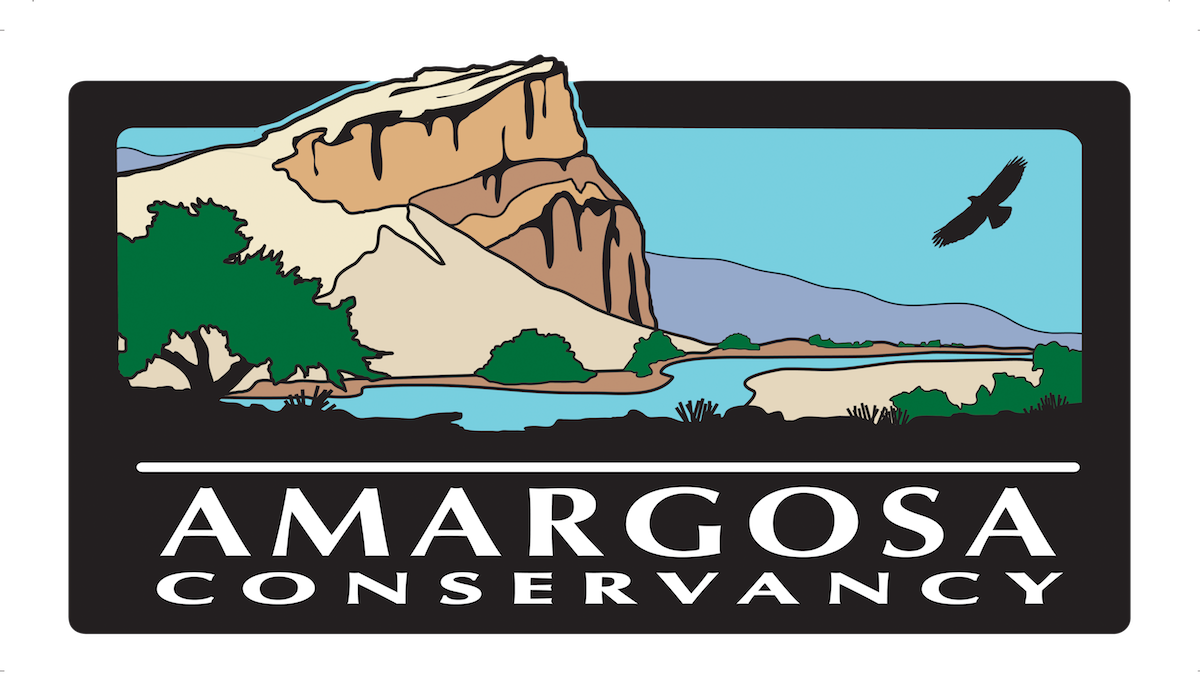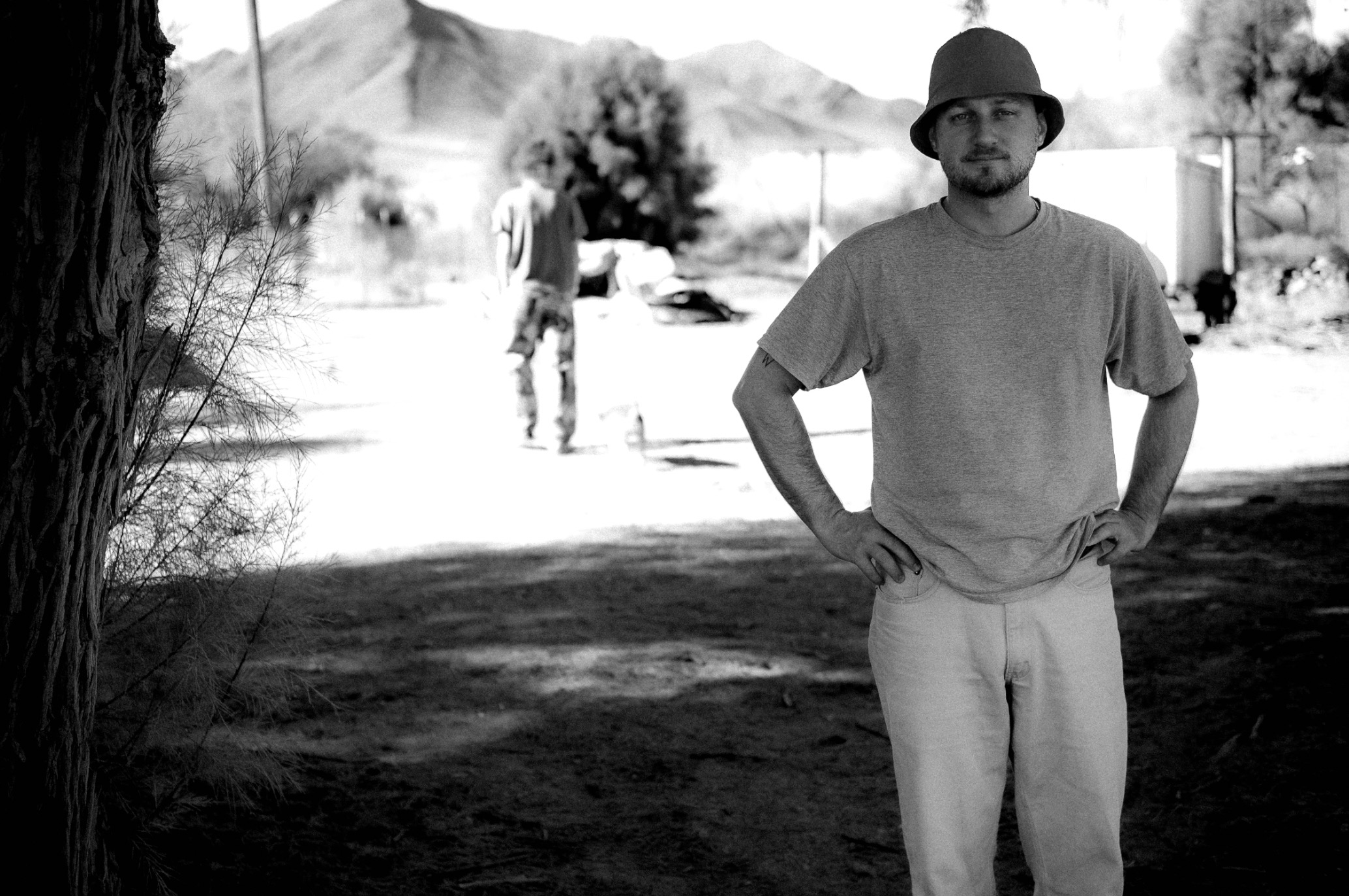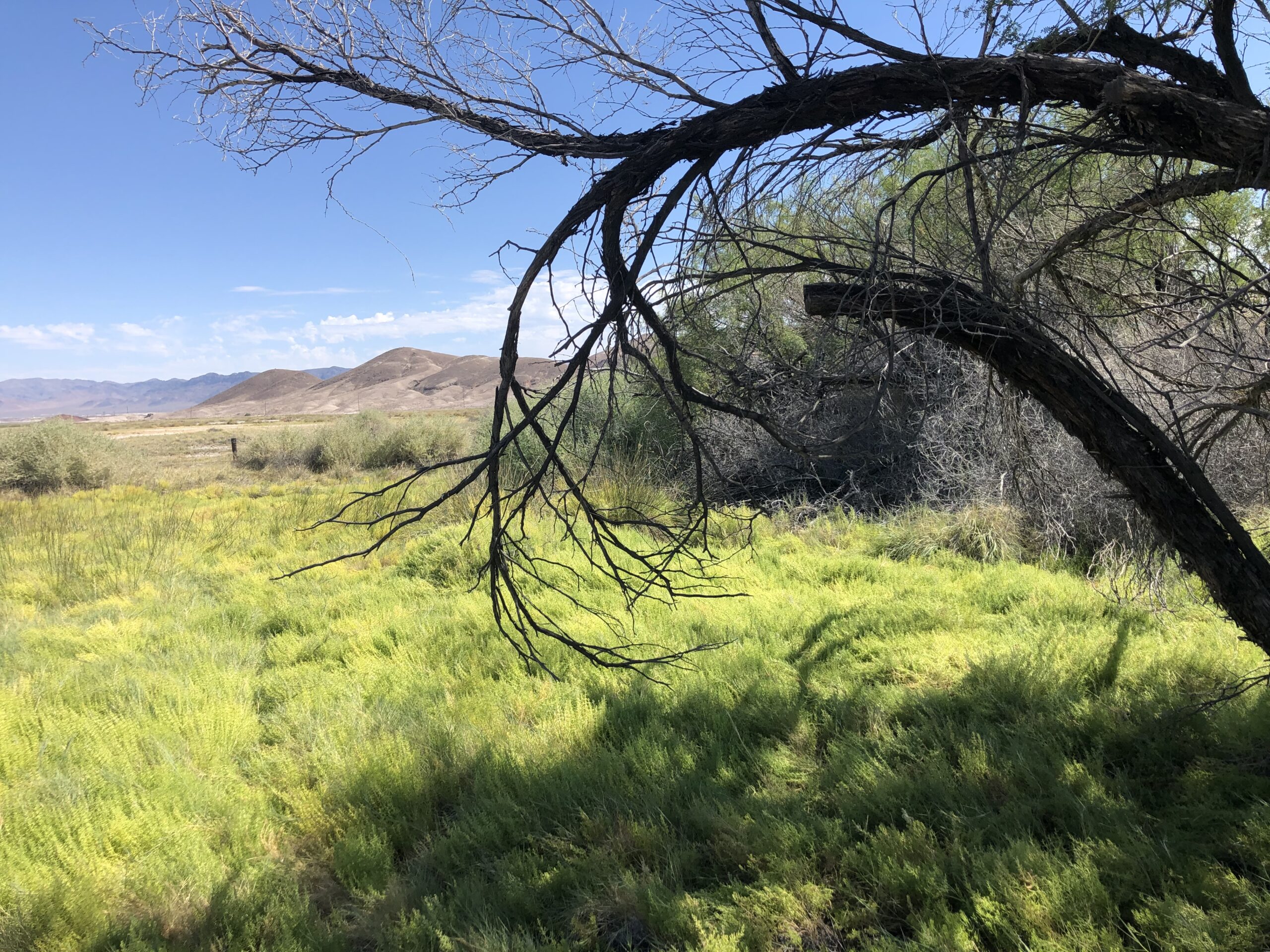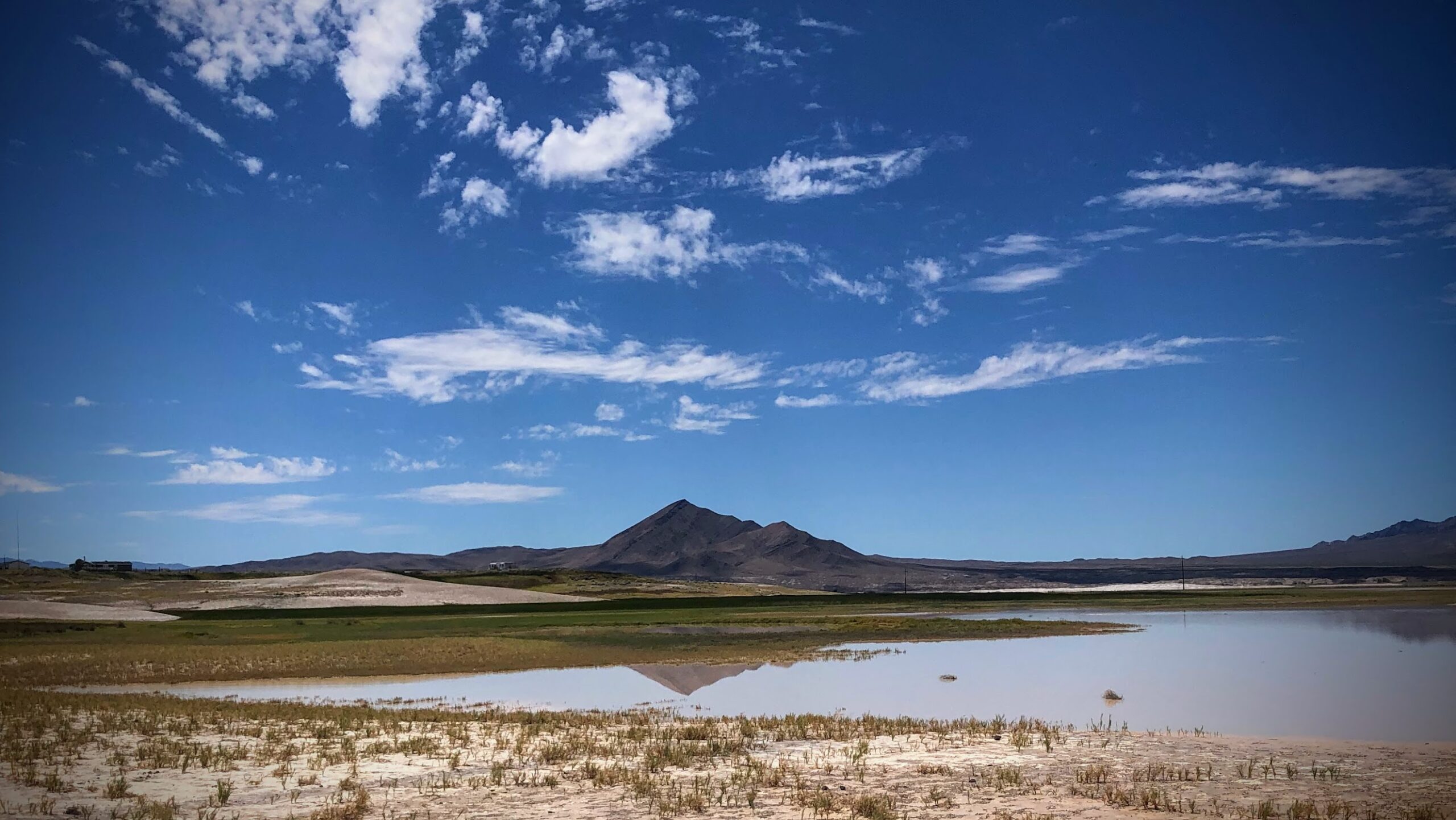by Scott H Williams
As an environmental scientist, I wonder at times whether the detached, data-driven approach to the scientific study of the natural world inevitably alienates us from having a deep spiritual appreciation for nature. Does quantitatively analyzing the chemistry of the water in a desert oasis somehow rob me of the profound feelings of wonder and awe that come so naturally to anyone who beholds for the first time a bubbling stream with tall trees and rushes magically popping up abruptly out of the driest desert in North America? The Amargosa River constantly reassures me that no, these two perspectives are not mutually exclusive, and if anything scientific work has only furthered my sense of connection with the natural world.
I love the Amargosa. From the razor-thin limestone ridgetops to the expanse of sodden, sticky mud choked with thorny mesquite, I can never get enough. When I am away I long to be here and when I am here I am energized by the very air. If I may be so bold, I will claim that I love the relentless wind and blazing summer heat. Call it dabbling in extremophilia.
The Amargosa Basin has shown itself to be an environment of intricate complexity in spite of the stark, minimal landscape that makes it so photogenic. How can two springs barely two miles apart along the river have significantly different temperatures, chemistry, and isotopic signatures that indicate different groundwater sources? Why is the Amargosa home to dozens of endemic species, making it renowned as a biodiversity hotspot? Learning more about these mysteries and unique qualities enhance the sense of awe that I feel when I just sit by the water, taking in its unparalleled beauty.
The adage water is life is uttered by people indigenous to deserts around the world and has become widely used by environmental activists almost to the point of seeming like a platitude. But the truth in that phrase is glaringly obvious in the Amargosa Basin. Look for green and walk towards it. There you will find water. It may be only damp soil that can be exposed by a boot-scuff, but its effect is clear. That water may have traveled hundreds of miles over tens of thousands of years before being forced up from thousands of feet underground to the surface along a fault or bedrock contact, finally bubbling out of the ground to nourish the life that depends on its steady flow.
That life includes people. Many places in the region still bear Paiute names, and most contain the prefix or suffix –pah-, meaning water. Timbisha Shoshone and Southern Paiute have intertwined their lives with Amargosa water and the abundance it sustains since time immemorial. The same water made life possible for miners and ranchers in the 19th and 20th centuries. I joined the Amargosa community of Tecopa in 2021, and the people of that town attracted me to this place as much as the landscape itself did.
Those who have spent time in the American deserts, and in particular the Mojave, will likely have noticed that the desert attracts a lot of solitary individualistic people. Populated areas tend to be dispersed and sprawling, and towns often have no discernible center. Tecopa is not one of these desert towns (although it would be dishonest to claim that no one here is reclusive). The residents of Tecopa and Shoshone generally have a strong sense of community and cooperation, which are values that I strive to live by as well.
By many metrics Tecopa is not thriving, since the mines that drove the local economy have closed, but people have chosen to come together and share what they have because they love their town. This communitarian spirit provides a foundation for the possibility of reviving the town’s economy. The popularity of tourism in the American deserts continues to rise. By collaborating with residents, we can start to build an economy that supports local businesses with an influx of visitors drawn to the region for its unforgettable beauty.
This spirit of cooperation is an inspiration to me as I begin working for the Amargosa Conservancy. Effective conservation is impossible without community support and involvement. On my very first day with the Conservancy, I joined Executive Director Mason Voehl at a town hall in Amargosa Valley, a rural community on the Amargosa that has a history of conflict with conservation. The tone was different at this meeting. The residents who spoke were concerned about their water resources and about the damage that a mineral exploration company could imminently unleash on their environment. These people have embraced the Conservancy as an ally in the fight to protect the water that they depend on for life, and it gave me hope.
I am honored to join Mason, the board of directors, and the community in fighting to preserve the Amargosa.
Scott H Williams, Interim Deputy Director



